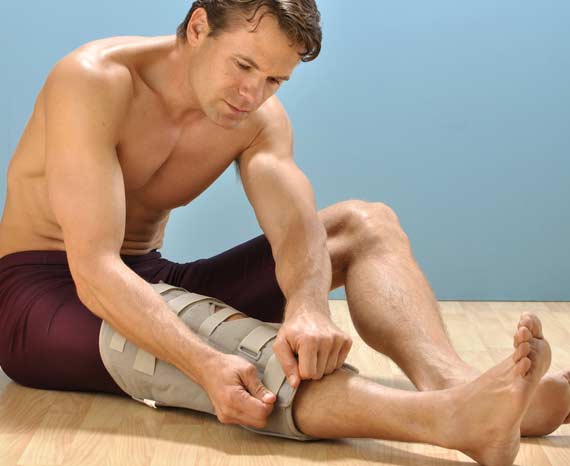
The anterior cruciate ligament (ACL) is one of the primary ligaments that plays a major role in stabilizing the knee joint.
Responsible for linking the thighbone (femur) to the shinbone (tibia), the ACL is also one of the most commonly injured soft tissues during active sports like soccer and basketball that involve a lot of foot, knee, and leg movements. If this ligament becomes severely damaged, a common outpatient procedure is ACL reconstruction.
What Is ACL Reconstruction?
With ACL reconstruction, the torn anterior cruciate ligament is removed and replaced with a tendon that’s taken either from another part of the knee or from a cadaver donor. It’s typically an outpatient procedure increasingly performed with minimally invasive techniques that include small incisions made around the affected knee joint and the use of specialized instruments and a tube-like camera called an arthroscope.
Why Is It Done?
Damage to the ACL usually happens progressively over time due to ongoing wear, repetitive motions, and the participation in activities that require knees to frequently turn, twist, or suddenly change direction. Serious ACL damage may also occur from injuries resulting from a hard landing or fall or a direct blow to the knee.


What Happens Before, During, and After Surgery?
Prior to surgery, patients often undergo a brief period of physical therapy to help reduce swelling and discomfort as much as possible. Pre-surgery PT also strengthens knee-supporting muscles, which may also help with post-surgery rehab efforts. ACL reconstruction is usually performed under general anesthesia.
During the procedure, the damaged ligament is removed not repaired. The replacement tendon is then put into place and surgically connected. Sockets or tunnels are surgically drilled into the femur and tibia so the replacement tissue (“graft”) can be correctly positioned. The replacement tissue is secured with screws or similar devices. Eventually, new ligament tissue will form.
Following surgery, patients usually go home the same day. Before leaving the medical facility, patients may receive instruction on how to properly use crutches. A knee brace is sometimes worn to protect the graft. Patients are also given instructions on showering, bathing, and general care of the affected knee.
Who’s an Ideal Candidate?
Preferred candidates for ACL reconstruction are generally individuals who are young and otherwise healthy without significant underlying medical conditions like arthritis affecting the knees and unmanaged diabetes. It’s also a procedure that’s commonly recommended for athletes who wish to be able to regain their ability to safely and effectively participate in sports that involve cutting, jumping, pivoting, and similar movements. Surgery may also be an option for individuals unable to carry out their daily activities due to chronic knee instability or weakness.
ACL reconstruction is a fairly common procedure. Even so, it’s important for patients to be fully committed to actively participating in the rehabilitation process after surgery, which typically includes therapeutic exercises designed to improve strength and range of motion. While results will vary based on patient-specific factors, range of motion within the affected knee usually returns within a few weeks post-procedure. Athletes who have this procedure are often able to return to their previous level of performance after about 8-12 months.
